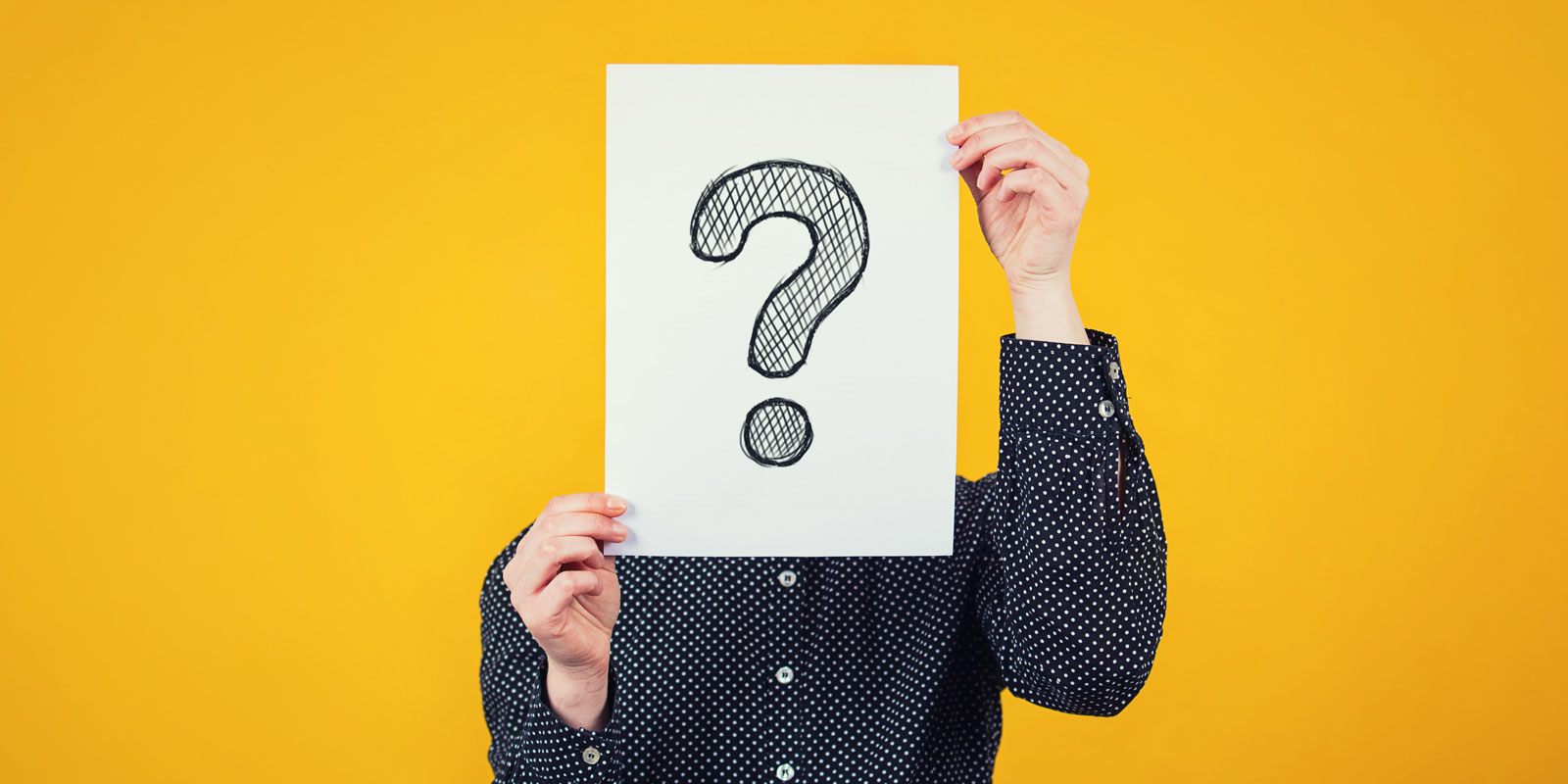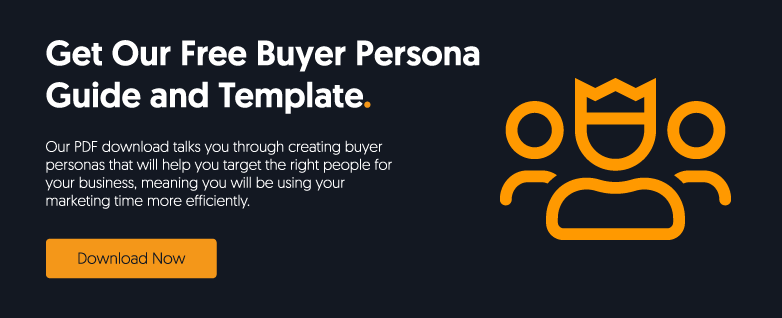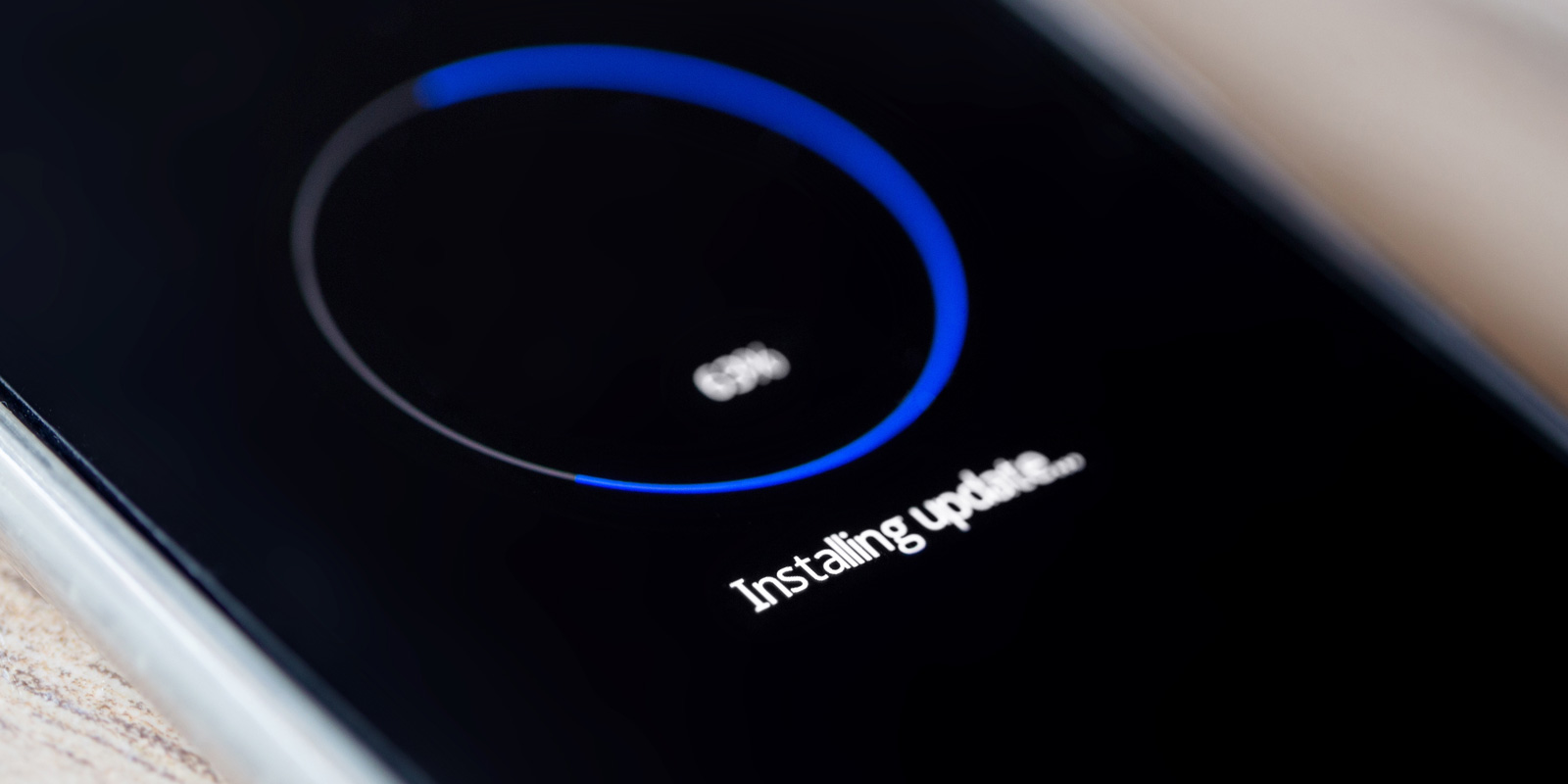You’ve created a great business concept, designed and created the perfect product, developed a strong infrastructure of employees, and you’re rolling out some great innovative marketing ideas. Or perhaps you’ve been marketing your product for quite some time now, but you need to go back to the drawing board to brainstorm some new ideas for your marketing plan. Maybe something hasn’t worked quite as well as you expected it to, and you’re taking your marketing plan in a new direction.
Whichever stage you’re at within your business plan, it’s never too late to incorporate a buyer persona.
The most crucial thing (probably always) in marketing, is knowing who you are selling to. Without knowing who you’re selling to, how can you possibly market your product effectively? How will you know which platforms to sell on? How will you tailor your messaging and customer communications?
Whether you’re familiar with the concept of buyer personas or not, let’s go back to square one with buyer personas, uncovering the reasons why building a buyer persona really is vital to your marketing plan.
What the heck is a buyer persona?
Having a vague idea of your audience just isn't enough to sell your product. Constructing a buyer persona digs deep into your marketing strategy, and it'll help you make an array of future marketing decisions that will really help boost sales.
Put simply, a buyer persona is a template that represents your ideal buyer. Your buyer persona is who you’re selling to. It’s a customer avatar; a set of qualities that consider your audience’s social, occupational, and financial attributes. Your buyer persona is an approximation that pinpoints the exact individual you’re selling to - it’s who you need to target your marketing to, and it refines your audience in a nutshell.
You most likely need to have more than one buyer persona, so that you can tick all the ‘problems’ that your service or product can fix. Different customers are going to require different things from your product - so it’s important to make sure your buyer personas cover all angles and scenarios.
The invaluable benefits of building a buyer persona
Building a buyer persona is going to help your business massively. Building a buyer persona can absolutely revolutionise not only your marketing plan, but your business plan too.
Building a buyer persona will...
-
Help you target your audience in a clearer way
-
You'll have a clearer, refined vision of exactly who you're selling to. This means you can tailor everything to mould around your specific buyer, and it'll give you a great set of guidelines which dictate your content creation, customer communication, and marketing platforms
-
Increase the reliability of your leads
-
If you're focussed on selling to a specific kind of individual, then you're more likely to convert your leads. Instead of making a shot in the dark, your strategic marketing techniques will allow for a more targeted approach, which helps your leads become more reliable
-
Improve your ROI
-
The time, energy, and financial means of creating a buyer persona will make you higher returns of investment. Why? Because you’re spending your time and money wisely, in a more calculative and tactful way. Once you’ve got your buyer persona template, you can focus on the execution of your marketing plan, and let it grow organically, so you're not always spending more money or time on new marketing materials
-
Help your business grow
-
By always incorporating your buyer personas into your marketing plans and decisions, your business will expand at a quicker rate. It's all one big domino effect. Once you have a targeted vision, you'll attract more genuine leads, you'll make more conversions - and ultimately, your business will grow
So whilst building a buyer persona is going to be a huge help for your business - you still need to know how to get started.
First: research your audience
To start off with, you'll need to conduct some research for your buyer personas. The best kind of buyer persona research is conducting interviews. Direct audience feedback and information is the most valuable form of research, because it'll give you a real insight into your ideal customer.
Begin by interviewing your pre-existing customers. They're the best sample of people to ask questions to, because they've already received your product or services, liaised with your sales team, and they're familiar with your business and what it does. Interview customers who have had previous issues with your product or service, as well as loyal customers who have made frequent, consistent purchases. You want to get a deep understanding of all pain points, so that you can improve and develop your product better in the future.
Make sure your customers are rewarded or thanked for their time. Try not to make your interviews appear spammy, and ask them valuable questions that are going to help shape your buyer persona in a more detailed and refined way.
You'll also want to interview prospects, too. Try and get as much information as you can from people who you think might be interested in your product. To kick off the interview processes, run some incentive schemes. They're always a good idea, as they encourage your prospects to answer your questions.
Next steps: planning and building
Treat your buyer persona like it's a kind of social media profile combined with a CV. Establish a kind of false 'bio' to summarise what kind of buyer they are, and add in relevant fields of data such as occupation, age, education, geographical location, and financial position. Ask yourself questions like 'what are their goals or objectives?', and 'how can my product or service help them reach their goals or objectives?'
You'll want to add in the specific pain points or problems they experience, and establish how your product is going to overcome these obstacles.
Once you've built your ideal persona, you can then mould your content to this specific avatar. Use your buyer persona templates as a kind of algorithm which dictates the rest of your marketing strategy, whilst communicating and displaying the buyer personas with your team. Your buyer persona is going to affect all branches of sales team and marketing teams, so keep your buyer personas in an easily accessible digital location, so that they can be accessed by all team members in every relevant department.
Sound good? Check out our free Ebook
If you're keen to learn more about creating buyer personas with an even more detailed guide, examples, and templates - then download our Buyer Persona Guide. It's easy to follow, and it's packed with tons of useful knowledge to help you create the ultimate buyer persona that will really make a difference for your marketing. And even better - it's free.




